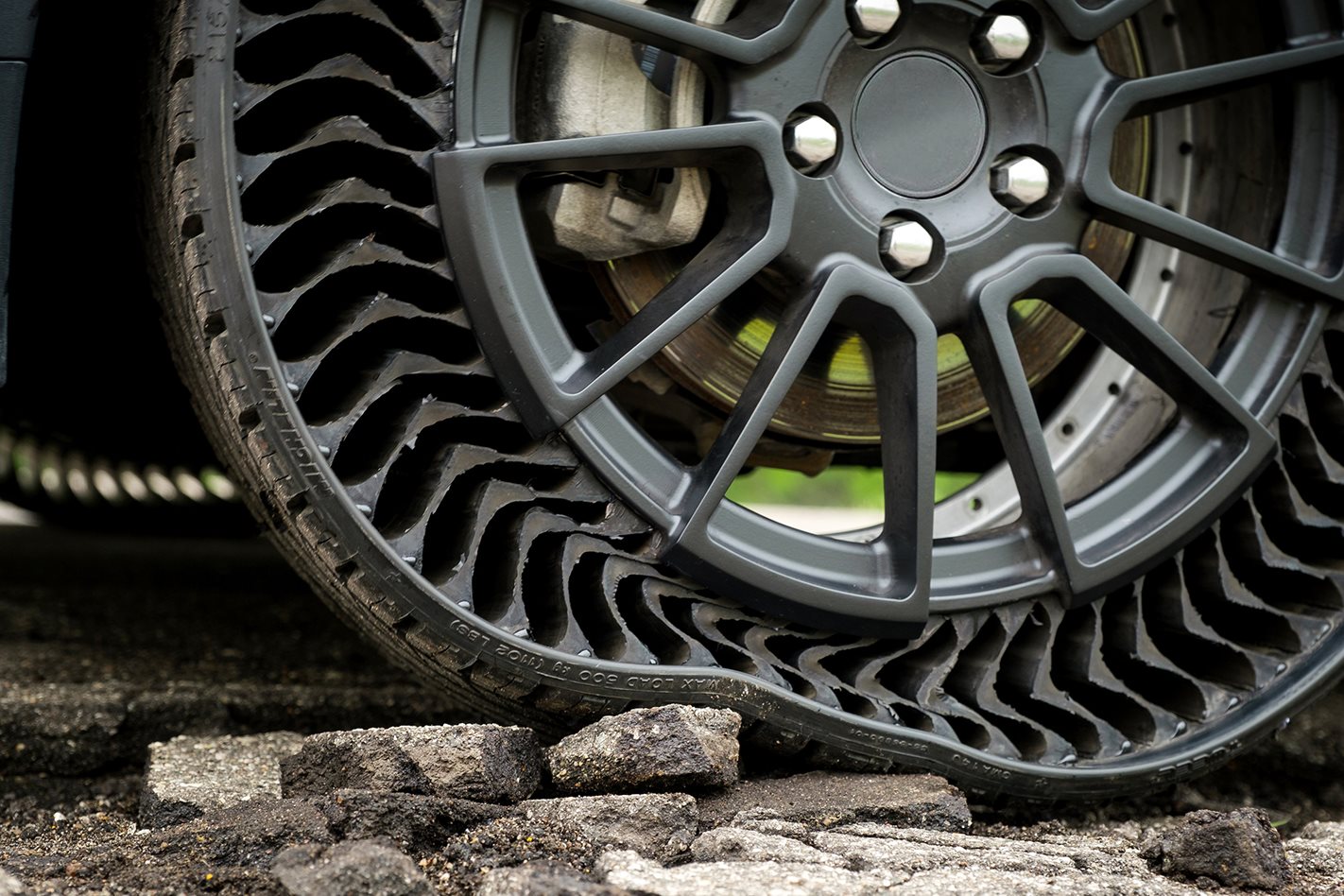
Remember the airless tyre? First pitched by Michelin in the mid-2000s as the “Tweel”, an airless alternative that had better compliance and comfort than solid tyres and was immune to punctures, it wasn’t long before many got the idea that airless tyres would be a neat thing for cars.
And why wouldn’t it? The list of supposed benefits was extensive, but the one that got the most attention was the prospect of a tyre that would never, ever, go flat and leave you stranded. The Tweel concept’s other virtues included lower environmental impact, lower purchase cost and ease of maintenance.

Eco-friendliness is still one of the concept’s greatest advantages. According to Michelin some 200 million conventional tyres are sent to landfill each year due to some kind of non-repairable puncture damage. An airless tyre would only ever need a thin strip of tyre tread to be replaced when it reached its wear limit.
At the time it seemed like a no-brainer, and that drivers would flock to the airless tyre en masse. That never became reality, and while airless tyres like the Tweel have indeed entered production, they’re only really used by industrial and warehousing equipment (below), and the occasional ride-on lawnmower or ATV (below).
Michelin has since followed it up with the Uptis (above), another airless tyre that’s intended for passenger cars, and one that it’s co-developing with the aid of General Motors. It’s only a prototype for now, though.
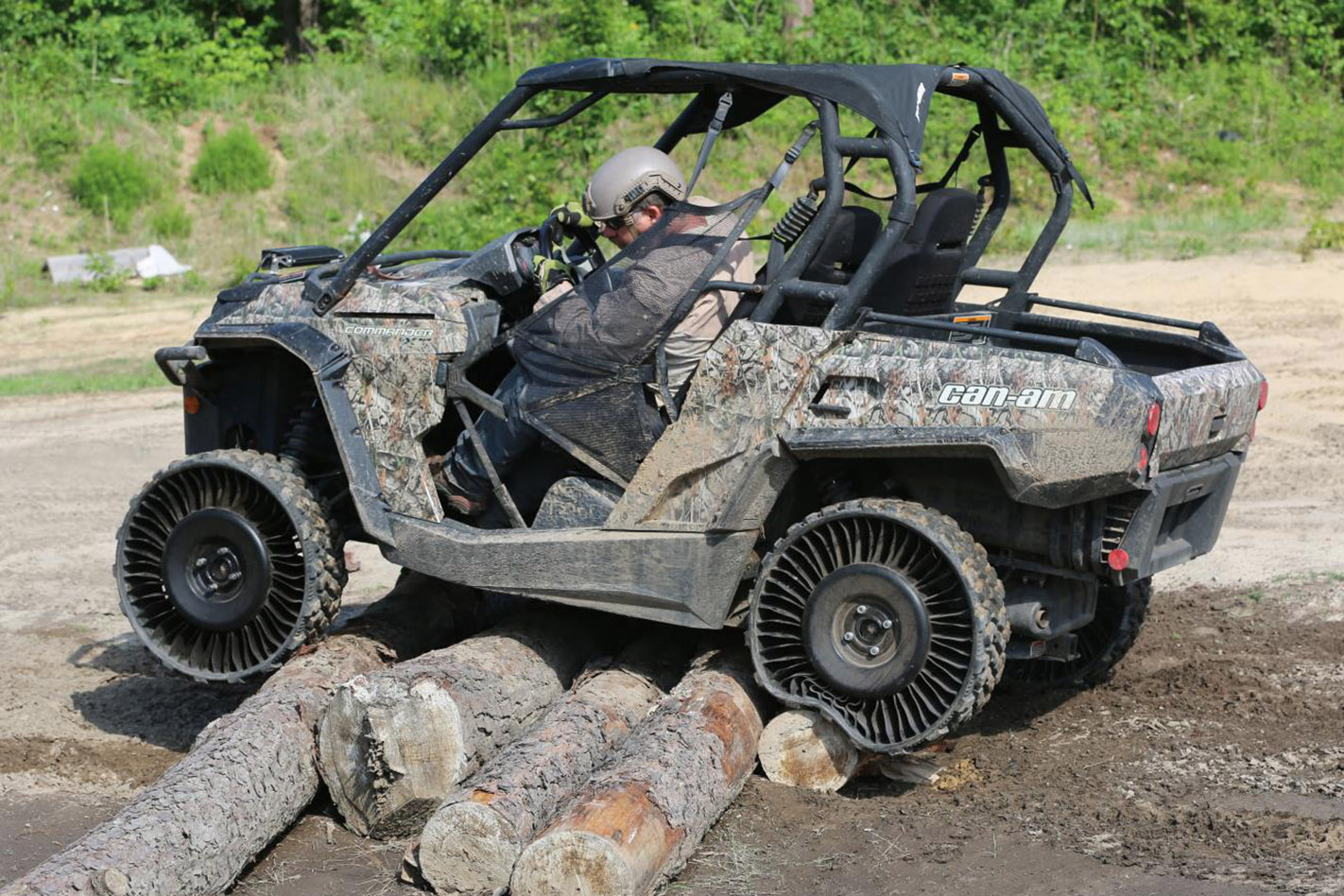
The pneumatic tyre’s future is safe for now, it seems. So safe, in fact, that German tyre giant Continental told the media earlier this year that it doesn’t foresee a future where airless tyres will supplant air-filled ones at all. So why is that?
It turns out that airless tyres are horrible at a lot of things.
“The pneumatic tyre will be the best concept in order to get better [rolling resistance]” said Continental’s vice president of passenger car tyres, Dr. Holger Lange.
Rolling resistance is critical to achieving good fuel efficiency – not to mention the rise of EVs. But it’s not the only reason pneumatic tyres aren’t under threat by plastic-spoked alternatives like the Tweel.
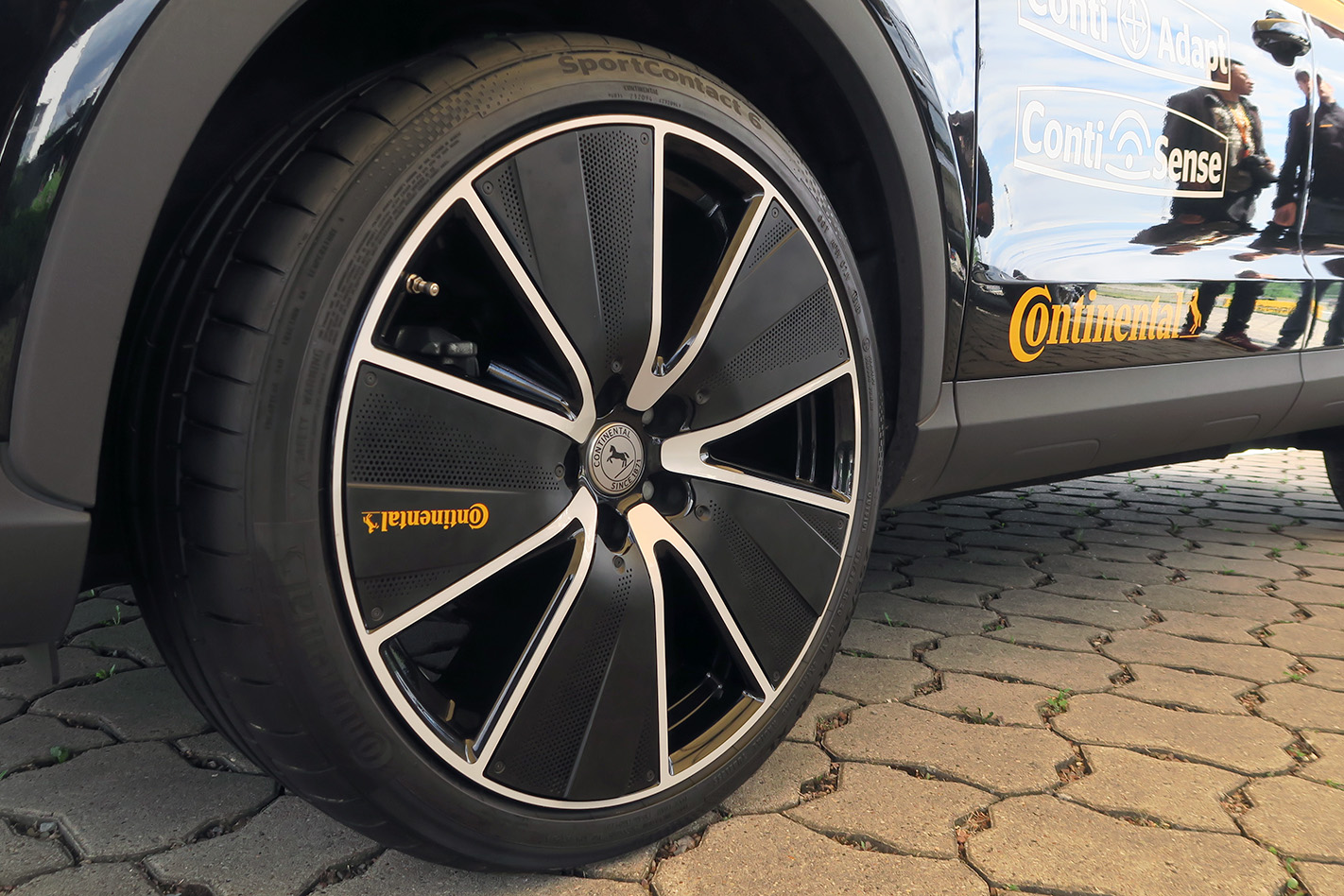
“Whenever you say something is dead, it wants to survive,” Lange said when asked if airless tyres were an evolutionary dead end as far as the passenger car is concerned.
“I would not say it’s dead, but I would say that for the airless tyre concept there are niche applications in areas where the focus on rolling resistance is not so prominent and where the focus on vehicle dynamics is not so strong, because those are the underlying disadvantages of airless tyre concepts.
“Whenever you exchange the air against rubber or even against steel, you have a disadvantage in energy consumption and thus rolling resistance. That is one part. From the practical point of view you also have some disadvantages in stability and durability.”
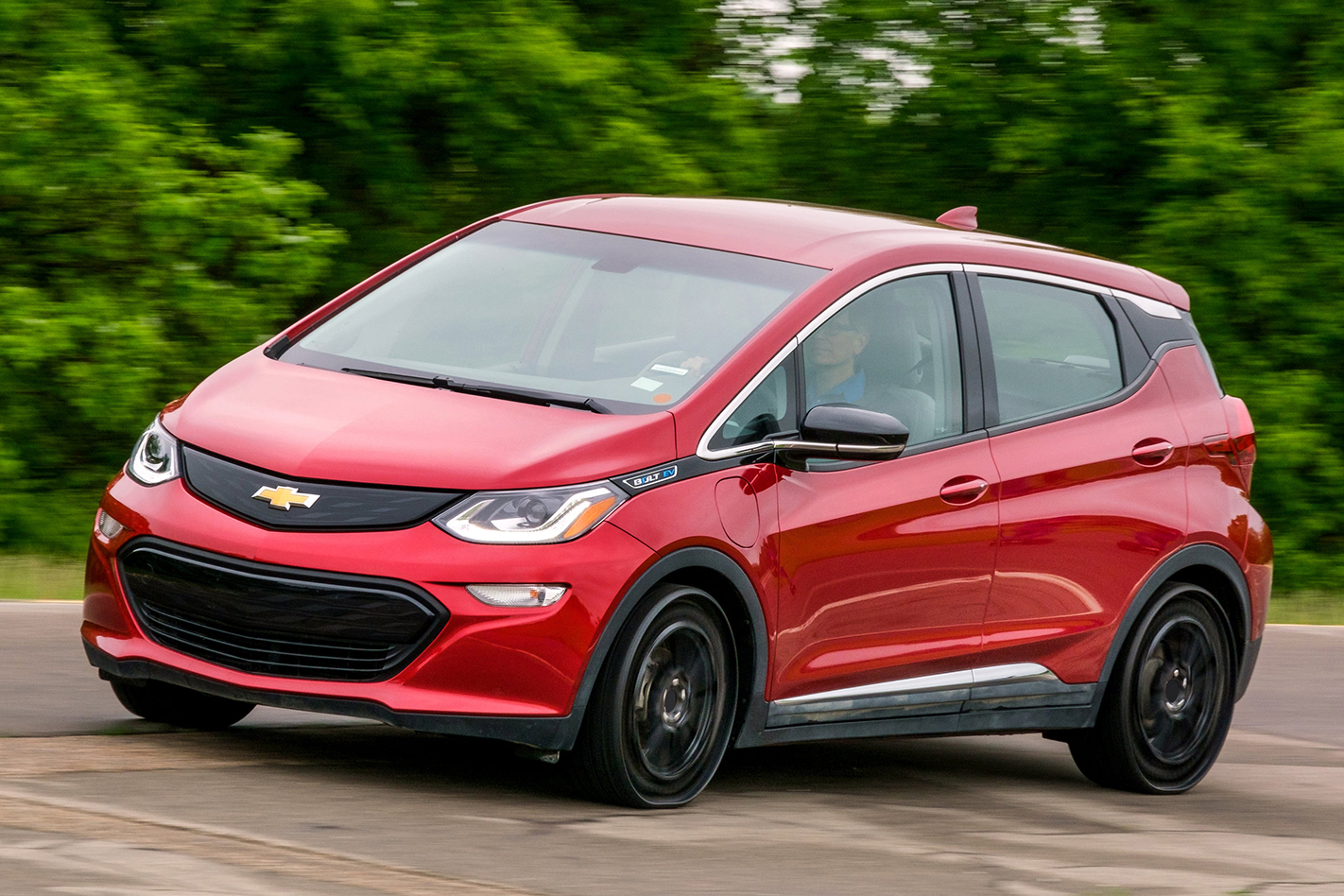
Stability is a big one. Anecdotal evidence suggests that Tweel-style airless tyres tend to resonate significantly at speeds above 80km/h, with the resulting vibration making highway travel quite unpleasant.
Then there’s also the airless tyre’s habit of transmitting plenty of that noise and vibration into the cabin, something it does more readily than a pneumatic tyre because the vehicle’s weight is supported by the spokes at the top of the Tweel which, when under such tension, act like solid rods rather than an air-cushioned rubbery sac.
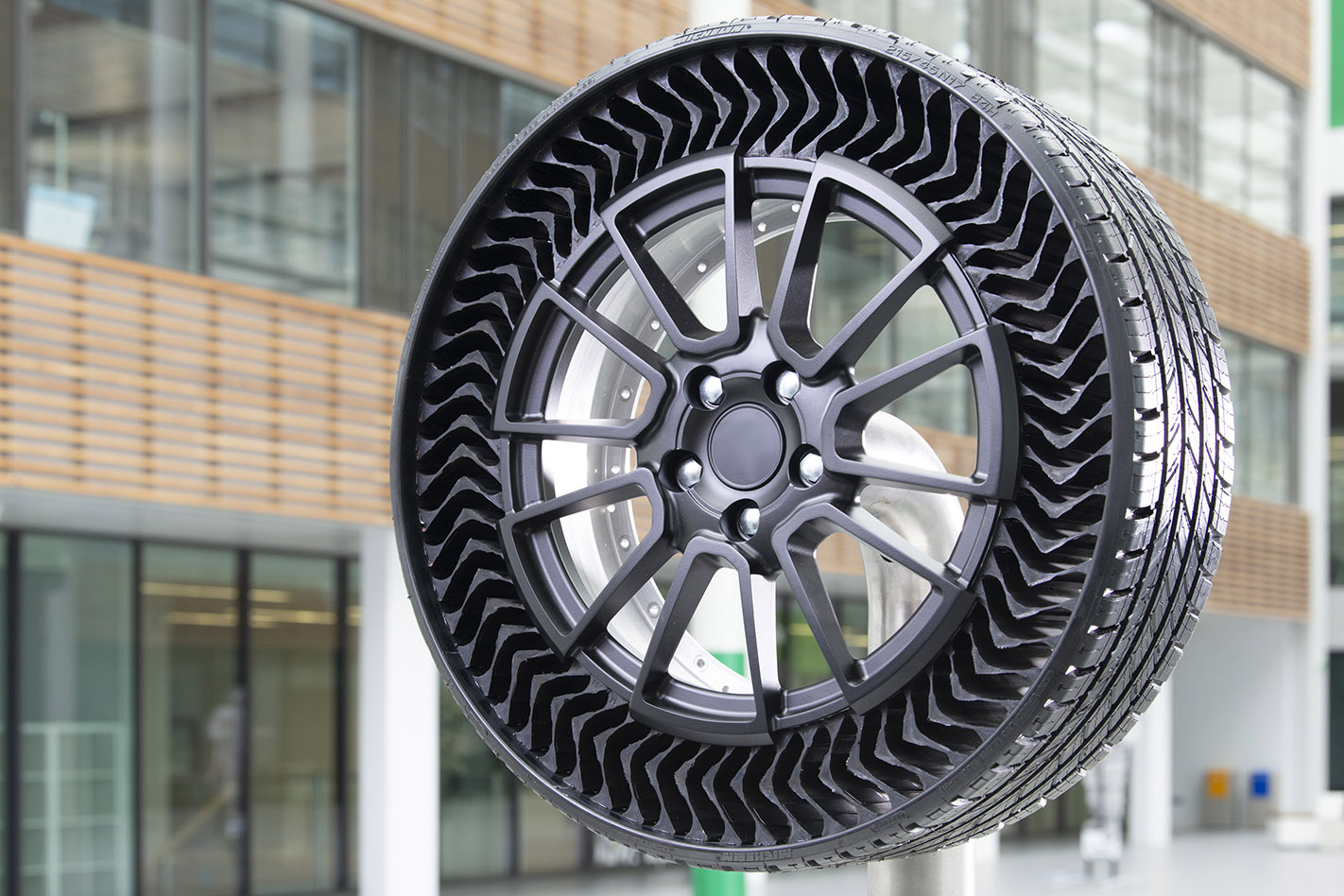
There is, however, one crucial use-case where an airless passenger car tyre makes sense: autonomous taxis. After all, with no driver operating the vehicle, what happens if a self-driving taxi gets a hole in a pneumatic tyre? Who changes it? Surely not the passengers, and that’s likely the main reason why Michelin has persisted with the air-free idea with its Uptis prototype.
Yet even Michelin acknowledges that air-filled radial tyres will be “the standard for a long time to come”.
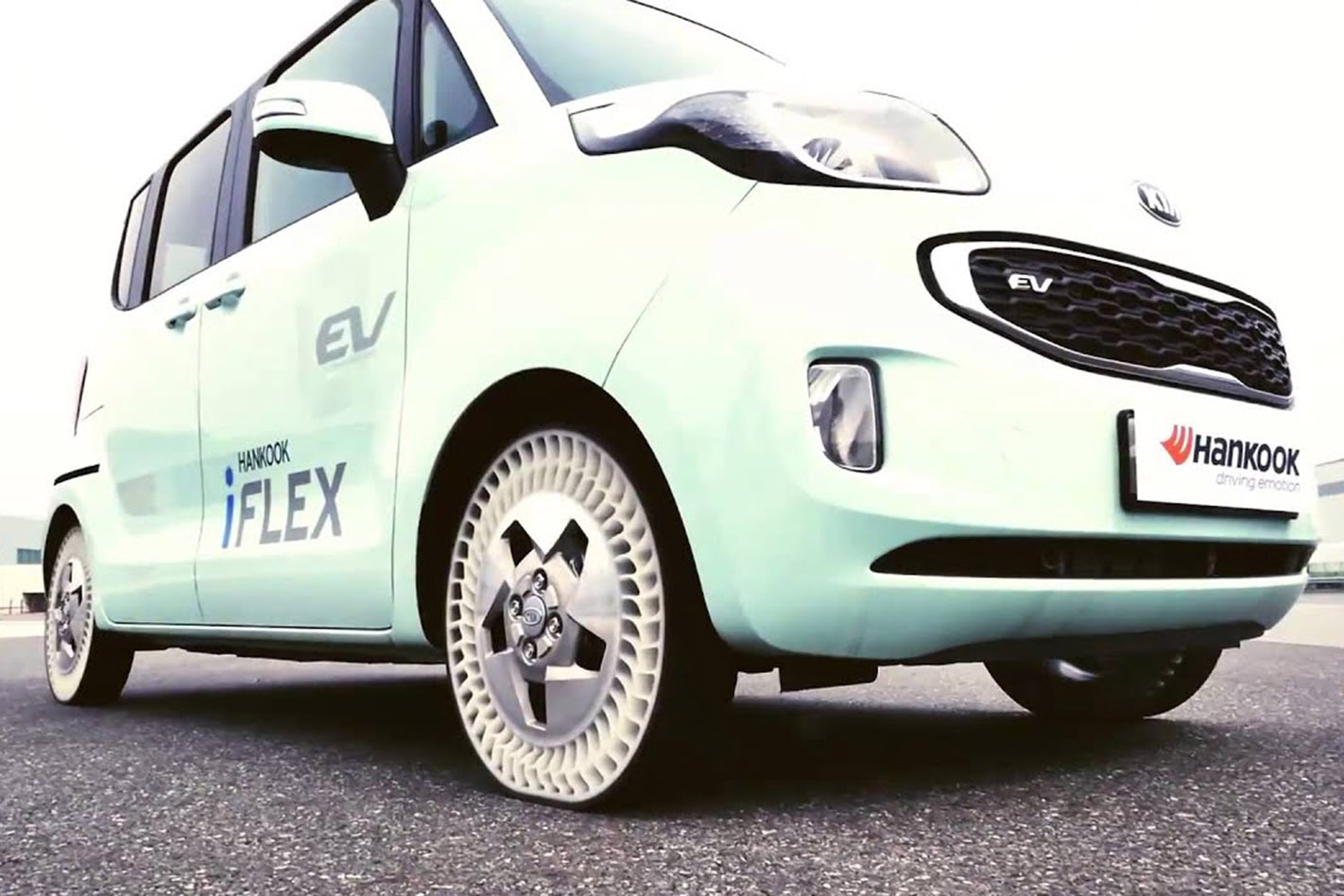
That hasn’t stopped Korean tyre brand Hankook from also pursuing an air-free passenger car tyre of its own, called the iFlex tyre (above) – arguably for the same reasons Michelin has persisted with the Uptis. Not only that, but the company says it’s managed to make its airless tyre sustain high-speed driving at speeds of 130km/h without any major problems.
However the iFlex is still in development and the Michelin Uptis is also a prototype for now, so if you were living in hope of a future where you’d never need to hop out of your car in the rain to replace a flat tyre, then we’ve got bad news. That is, unless you happen to commute to work on a train… or the back of a lawnmower.



